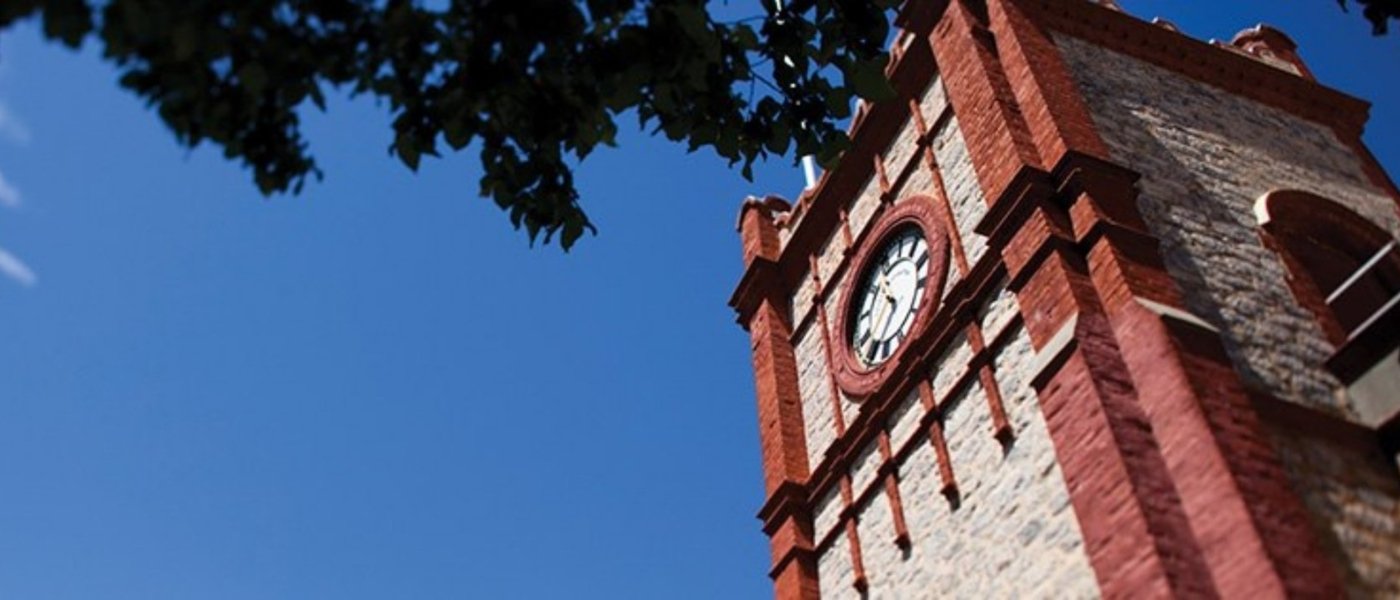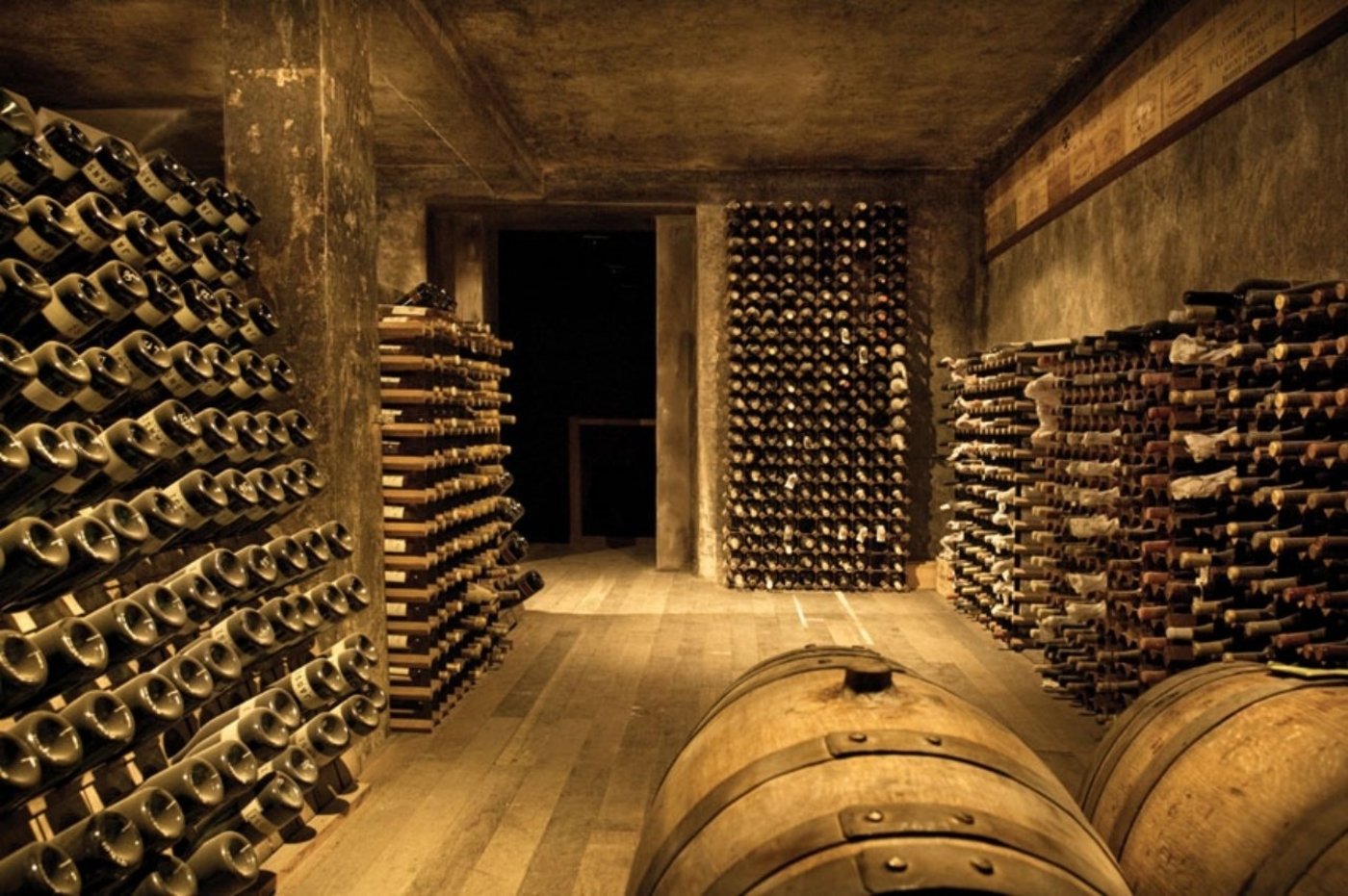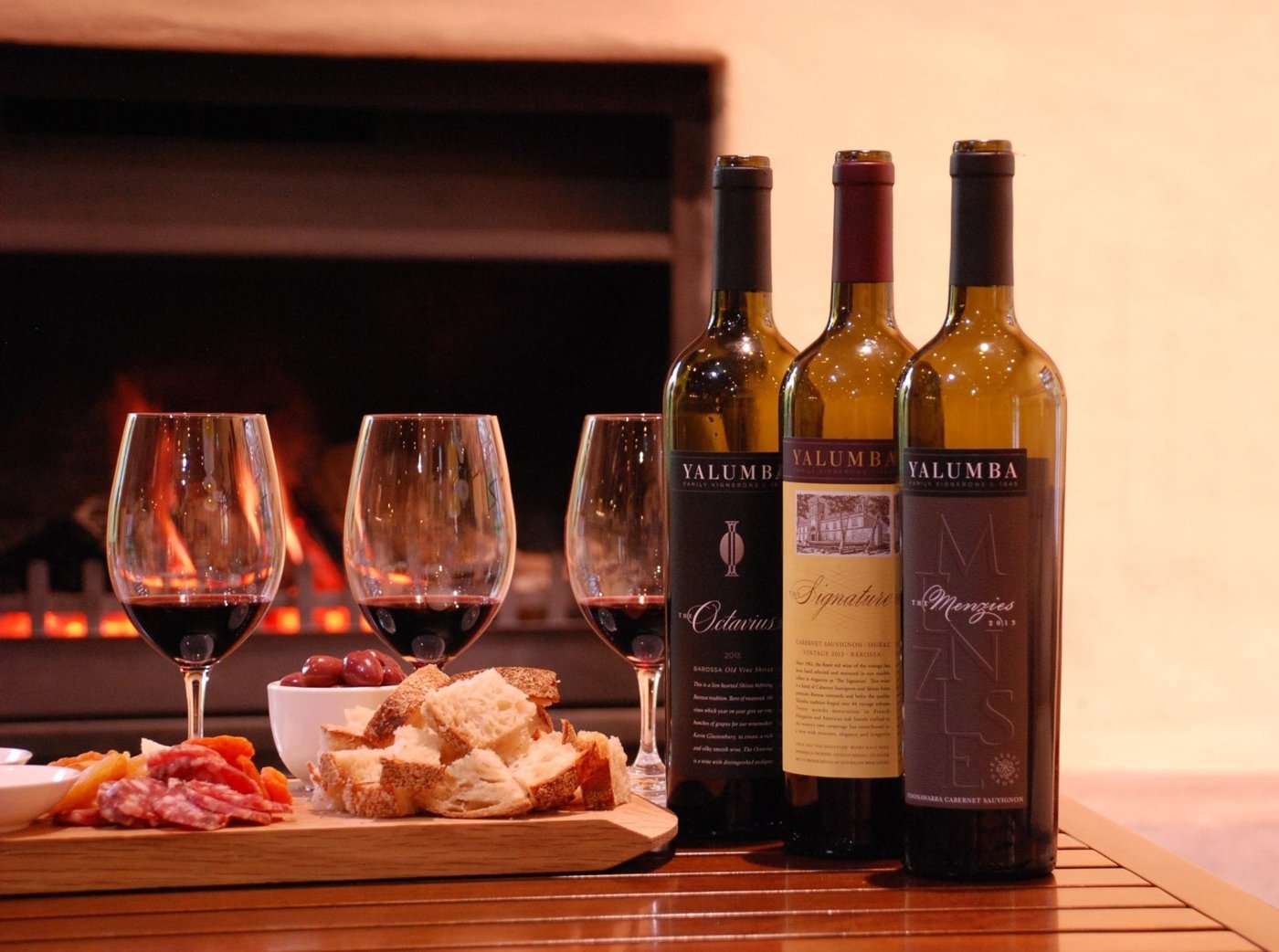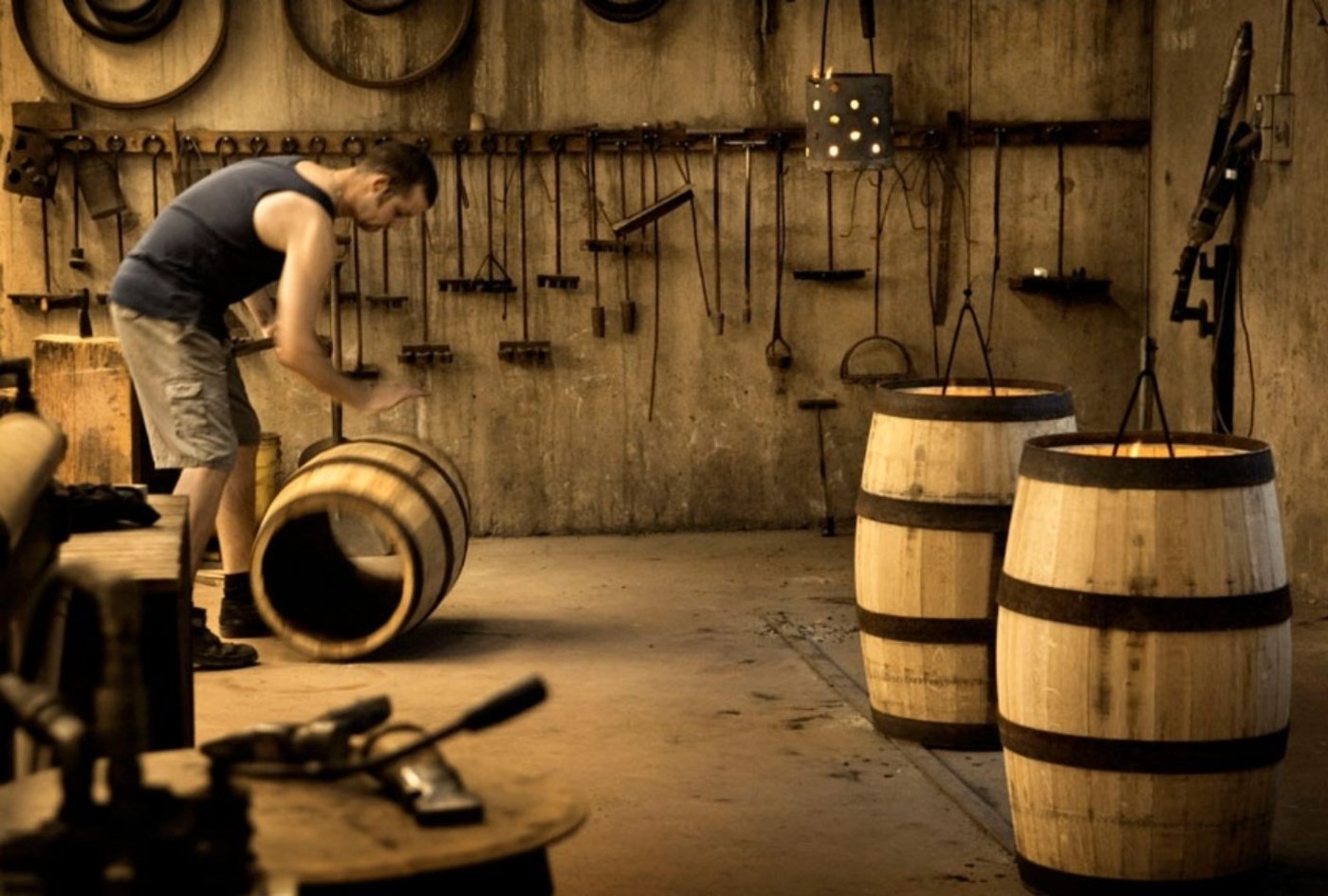People argue about whether they are great because they’re old, or old because they’re great - it’s probably a bit of both. After all, if a vine doesn’t perform, it’s simply removed - uprooted - so poor vines don’t get an opportunity to get old. Great old vineyards survived because they had always produced great fruit, which in turn, made great wines. Even over a 150 years ago, people saw that they produced superior quality grapes.
So in 2009, the Barossa Grape and Wine Association, backed Yalumba’s initiative and established the Barossa Old Vine Charter at a regional level - recognising and celebrating the intrinsic merit of old vines so that older vines could be preserved, retained and promoted. The Charter groups vineyards into four chronological categories by age, as detailed below.
BAROSSA OLD VINE Equal or greater than 35 years of age
These old vines have grown beyond adolescence and are now fully mature. They have a root structure and trunk thickness that encourages diversity of flavour and character. Their worthiness has been proven over many vintages, consistently producing the highest quality fruit for Barossa wines of distinction and longevity.
BAROSSA SURVIVOR VINE Equal or greater than 70 years of age
These very old vines are a living symbol of traditional values in a modern environment and signal a renewed respect for Barossa old vine material. They have weathered the worst of many storms, both man-made and naturally occurring, including the infamous 1980s Vine Pull scheme. A Barossa Survivor vine has reached a significant milestone and pays homage to the resolute commitment of those growers and winemakers who value the quality and structure of old vine wines.
BAROSSA CENTENARIAN VINE Equal or greater than 100 years of age
These exceptionally old vines serve as witness to Barossa’s resilience in the face of adversity. Barossa, unlike many other of the world’s great wine regions, is phylloxera-free, which allowed these vines to mature into their naturally-sculptured forms with thick, gnarly trunks. They have very low yields and can produce wines with high intensity of flavour. Planted generations ago, when dry-farming techniques required careful site selection, Centenarian vines have truly withstood the test of time.
BAROSSA ANCESTOR VINE Equal or greater than 125 years of age
An Ancestor vine has stood strong and proud for at least one hundred and twenty-five years – a living tribute to the early European settlers of Barossa. Their genetic material has helped to populate the region with irreplaceable old stocks that underpin the viticultural tradition. They tend to be dry-grown, low-yielding vines with great intensity of flavour, and are believed to be among the oldest producing vines in the world.
If you're interested in one of our Barrossa Valley Wine Tours, please visit this link.






.jpg)




